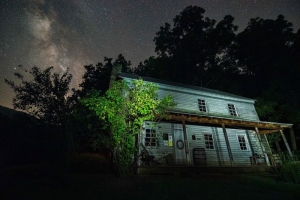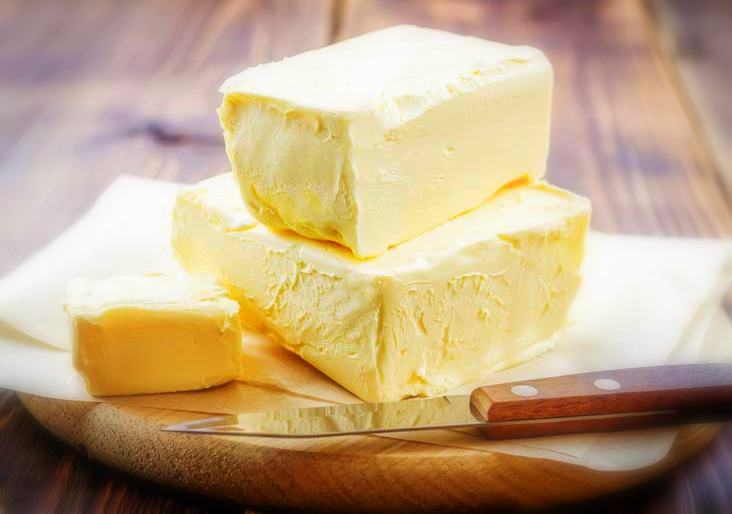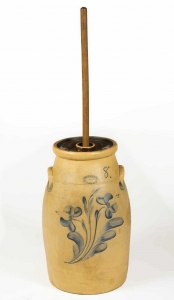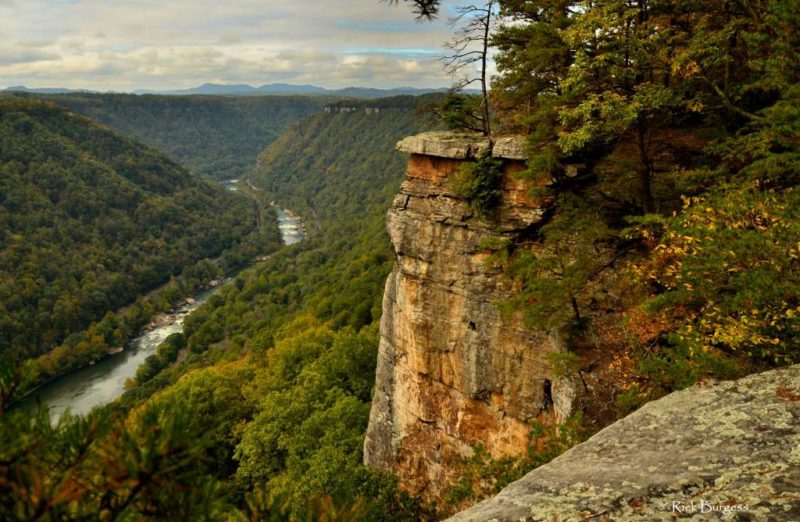The process of making butter is known to be older than civilization, and a limitless variety of butter-making methods certainly exist—ranging from the production of ghee in southern Asia to bog butter in northern Europe.
Simply put, the making of butter requires that microscopic globules of butterfat in cream be agitated, or churned, until the membranes surrounding them breaks, allowing the globules to bind together into a solid mass.
Finding the ingredient to make butter today is relatively easy. You only need one ingredient—heavy cream. You could use cream from raw milk from the neighbor's cow or purchase heavy whipping cream with a high-fat content from the store. The Mother Nature Network recommends three methods that can be managed in any kitchen almost anywhere.
But the mountain folk of West Virginia had their own methods, surely not so different than others, but often influenced by tradition and climate. In the 1970s, historian Jim Comstock published his own description of butter-making as he witnessed it. The following is adapted from his description in the West Virginia Heritage Encyclopedia, Vol. 4., pages 744-755.
BUTTER MAKING
There may be all kinds of churns in other places, but in the mountains, a churn is almost always a four- or five-gallon stoneware jar. It has a loosely-fitting cover in which there is a hole. Through this hole, a wooden rod protrudes, on the other end of which is a dasher, which is usually a cross-shaped block of wood or a disk with holes in it.
To make butter, you take your richest milk, and skim the cream from it, then pour the cream into the churn jar. The skim milk that remains is a thin watery substance. It may be drunk—if you like it, or if you need it—but most people feed it to their pigs, which seem to thrive on it.
The churn is then left in a place which is not so cool as to prevent the cream from clabbering. In the winter it is placed in the root cellar or next to the stove if the weather is cold.
When the cream turns just enough so that when the churn is tilted the liquid holds together in one form, separating cleanly from the sides of the container, it is ready to churn. If it sours too long, the cream will curdle and separate and it is then no longer good for much except pigs.
The butter-making itself is simple. You move the dasher up and down for 30 to 40 minutes while waiting for the butter to come. The first indication that something is happening is when the cream becomes thick. At this point, it is like whipped cream. A little while later, the butter breaks, and you have a churn full of thin buttermilk in which large flecks of butter are floating.
Keep moving the dasher, and in a few minutes, the butter gathers together, separating from the buttermilk almost entirely, but not so much as to prevent plenty of small yellow specks from floating around in it when you get ready to drink it later.
Read also: Mountain speech may still be heard in rural West Virginia
When the butter has gathered, the churn lid is removed and the butter is either scooped out with the dasher or a sieve or the buttermilk is poured off through a strainer. The next step is to rinse the butter thoroughly with cold water and to salt it if desired, as it usually is by most mountain people.
The butter may then be molded, usually in round molds which leave a decoration of some kind imprinted on top of the piece of butter, such as a flower or a sheaf of wheat. Some people work the butter back and forth with a paddle before molding, to expel any buttermilk which may be remaining. The butter is then placed in the spring house, ice house, or the refrigerator if there is one.
It should perhaps be added that mountain people consider fresh buttermilk one of the best things to drink that was ever invented. It also makes the tightest and best tasting biscuits, pancakes, and any other baked product where the recipe calls for milk.
Legend of Burnt House lives on through strange town name

Motorists traveling the old Staunton Turnpike between Weston and Parkersburg, West Virginia, are sure to have noticed the little village of "Burnt House" and wondered about the name.
Like every good town name in the Mountain State, there’s a good story behind it. In this case, it’s a ghost story—one of the region's best-known ghost stories. Read the full story.
Sign up to receive a FREE copy of West Virginia Explorer Magazine in your email weekly. Sign me up!



